In modern industrial production, the principle of high-frequency heating is widely used in metal processing, heat treatment, welding, and other fields. Due to its efficient, energy-saving, and environmentally friendly characteristics, it has become the preferred heating method for many manufacturing enterprises. This article will provide a detailed analysis of the high-frequency heating principle to help readers better understand its working mechanism and advantages.
What is High-Frequency Heating?
High-frequency heating is a non-contact heating method that utilizes the phenomenon of electromagnetic induction to induce eddy currents in metal workpieces with high-frequency current, causing them to heat up rapidly. The core of this process lies in the energy conversion of the electromagnetic field, which is the foundation of the high-frequency heating principle.
Detailed Explanation of High-Frequency Heating Principle
The principle of high-frequency heating is primarily based on Faraday's law of electromagnetic induction. When high-frequency alternating current (typically ranging from 10kHz to 800kHz) passes through an induction coil, an alternating magnetic field is generated around the coil. When a metal workpiece is placed in this magnetic field, the alternating magnetic field induces a closed current loop inside the workpiece, known as "eddy currents." These eddy currents flow through the metal, and due to the inherent resistance of the material, Joule heating (also known as resistive heating) is produced as the current passes through, thereby heating the workpiece itself. This conversion from electrical energy to thermal energy is very rapid, with heat concentrated in the region enclosed by the heating coil, resulting in high heating efficiency and fast heating speed.
Advantages of High-Frequency Heating Principle
A deeper understanding of the high-frequency heating principle reveals numerous advantages:
Non-contact heating, avoiding workpiece contamination and thermal conduction losses;
Fast heating speed, increasing production efficiency;
Precise control of the heating area, suitable for complex processes;
Environmentally friendly, no open flames, no smoke, no exhaust emissions;
High degree of automation, can be integrated with CNC systems for intelligent manufacturing.
Typical Application Fields
Based on the principle of high-frequency heating, this technology is widely used in:
Induction hardening of gears and shafts;
High-frequency welding of metal materials like copper tubes and stainless steel tubes;
Brazing of tools and cutters;
Preheating for hot forging of metal billets;
Rapid expansion treatment in hot assembly scenarios.
As an essential component of modern industrial heating technology, the principle of high-frequency heating plays an irreplaceable role in various manufacturing scenarios due to its high efficiency, high precision, and environmental benefits. With the continuous advancement of intelligent manufacturing and the increasing demand for energy-saving and environmental protection, equipment and technologies based on the principle of high-frequency heating will continue to develop, driving industrial processing towards higher efficiency and intelligence.

 en
en  cn
cn  jp
jp  ko
ko  de
de  es
es  it
it  ru
ru  pt
pt  th
th  vi
vi  pl
pl 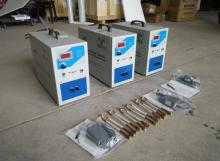
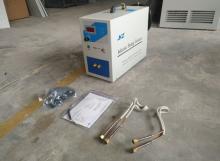
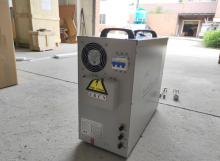
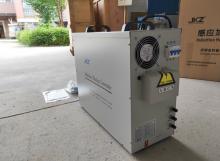
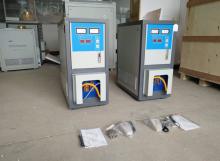
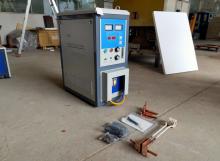
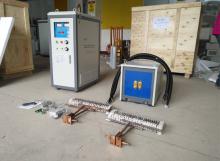
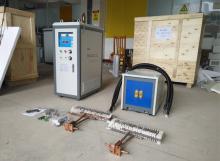
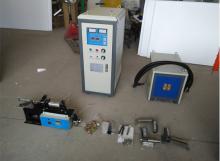
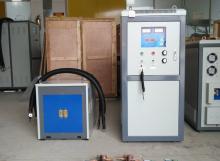
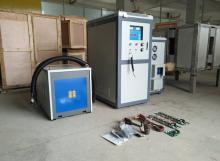
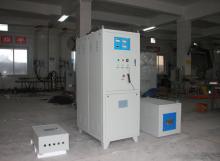
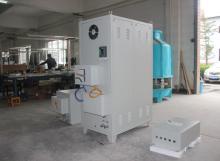
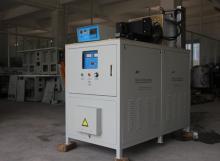
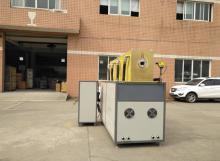
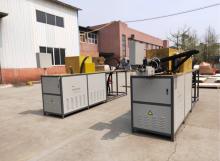
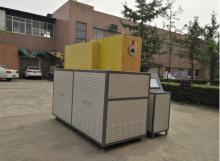
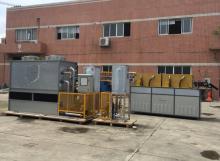
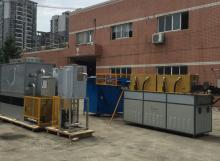
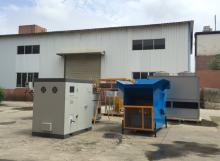
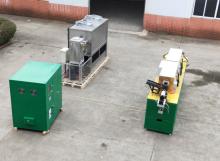
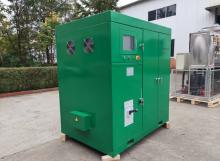
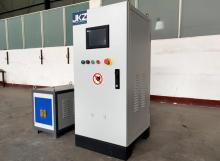
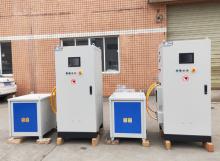
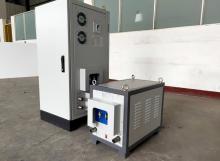
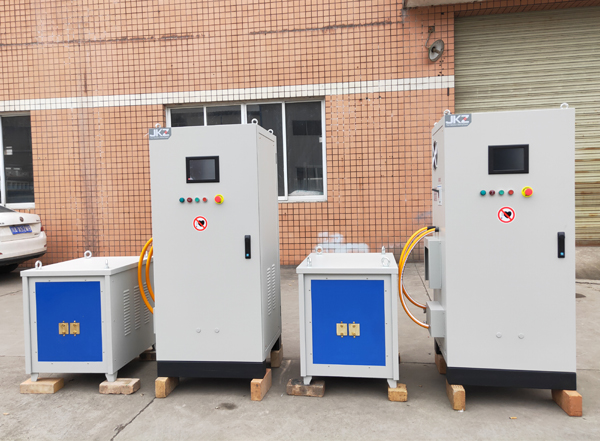
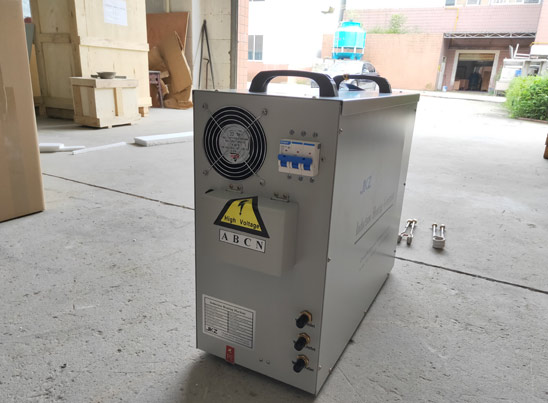
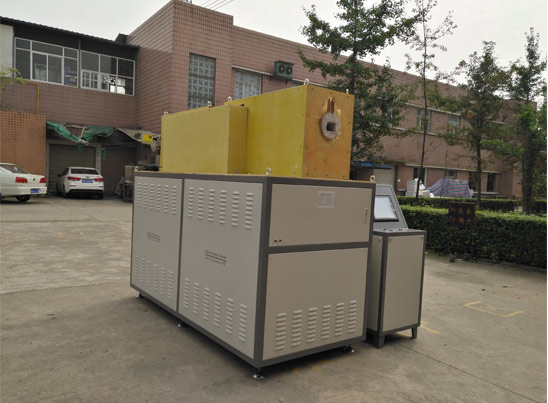


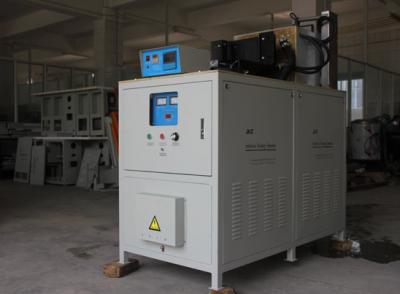
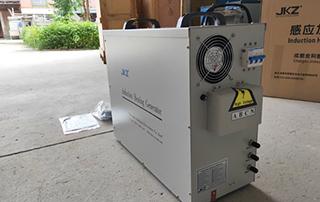
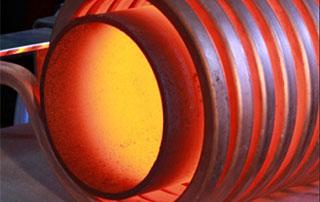

 Call us on:
Call us on:  Email Us:
Email Us:  NO. 688th South Baoguang Road, Xindu District, Chengdu City, Sichuan Province, China
NO. 688th South Baoguang Road, Xindu District, Chengdu City, Sichuan Province, China